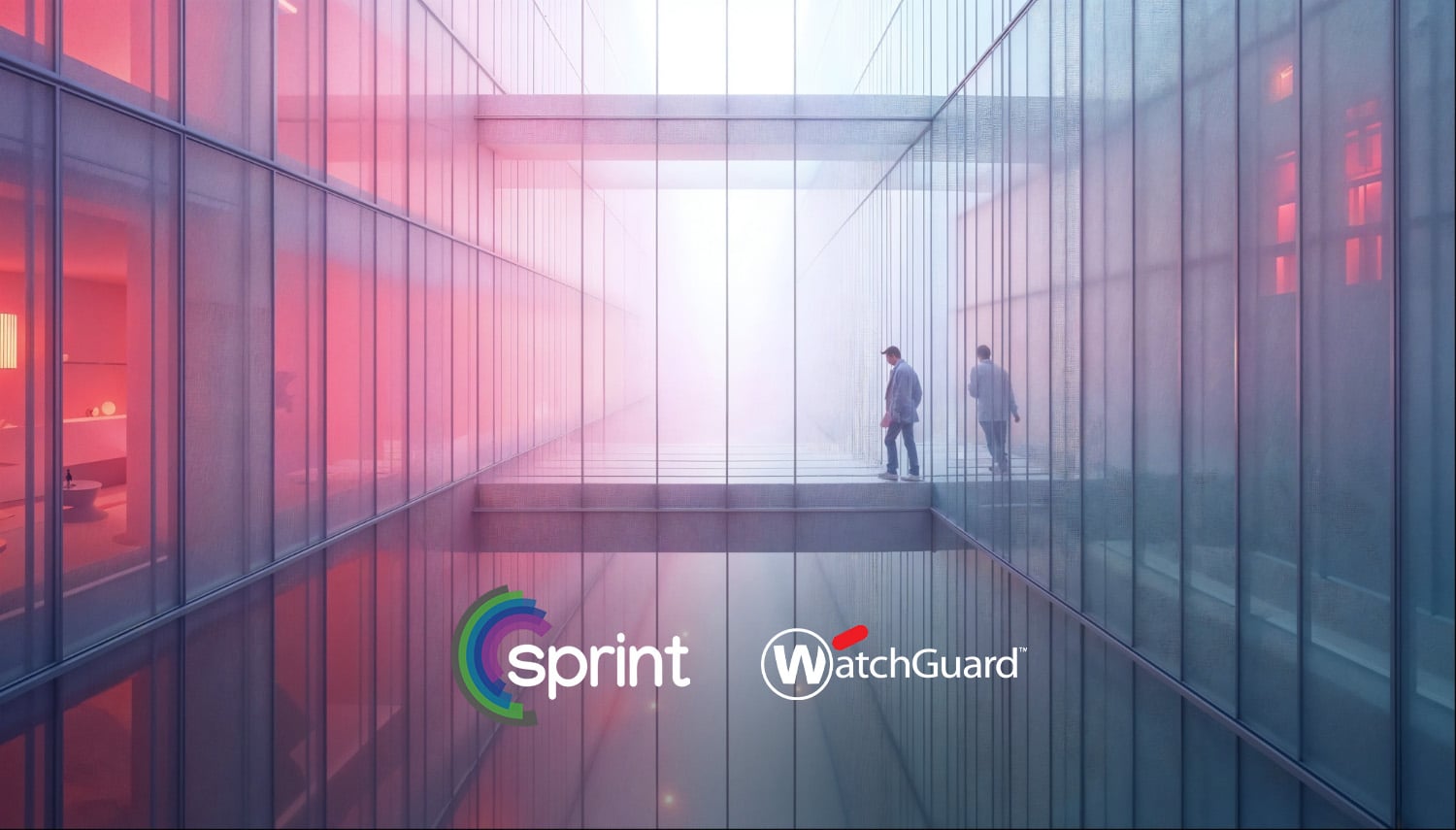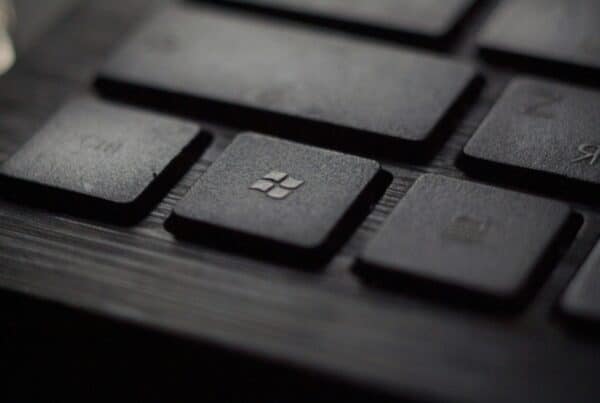You’ve likely heard about MDR – Managed Detection & Response – but do you really know what it is, why it matters, and how it could make a difference in your business? More importantly, if you’re considering the solution from WatchGuard (WatchGuard MDR) what makes it a smart choice? Let’s unpack this in a straight-talk way.
The basics: MDR explained
At its heart, MDR (Managed Detection and Response) is a cybersecurity service that combines technology + human expertise so that your business doesn’t have to go it alone. Simply put: MDR means you’re outsourcing the “watching, detecting, investigating and responding” part of cyber-security to a partner so you can focus on running your business.
Why is that important? Because in today’s world, threats don’t wait for normal business hours. Attackers keep working, often quietly, trying to exploit endpoints, cloud accounts, networks or credentials. If you don’t have someone watching around-the-clock, you risk being an easy target.
Why your business needs it
Here’s where things get real. Even if you’ve got standard protections (firewalls, antivirus, network rules), you may still have blind spots. Threats that evade the usual defences, move laterally, quietly escalate, or hide in cloud services. Without specialist expertise or tools, those threats can simmer until they become a breach.
MDR jumps in to fill gaps:
- 24/7 monitoring of endpoints, networks, identity, cloud.
- Advanced threat detection (AI/machine-learning + human threat-hunters).
- Investigation & response: when something suspicious is flagged, action is taken, not just an alert sent.
This is exactly what WatchGuard MDR offers. watchguard.com
In short: If you want to reduce time-to-detect, time-to-respond, and limit damage + cost of potential incidents, MDR is the kind of service that gives you peace of mind and stronger resilience.
What Makes WatchGuard MDR Stand Out?
Since you’re focused on WatchGuard MDR, let’s look at what specifically sets it apart and why adopting it could be a smart move for your business.
Unified, full-stack visibility
One of the biggest differentiators is that WatchGuard’s offering isn’t just endpoint or firewall protection in isolation. The service promises a unified view across endpoint, network, identity, cloud. According to WatchGuard:
“Unified coverage across endpoint, network, identity and cloud.” watchguard.com This means threats that move laterally – e.g., an attacker jumping from a compromised device to the network, then to a cloud account — can be detected and contained. Many MDR providers struggle with siloed tools; WatchGuard emphasises their integrated stack. watchguard.com
Around-the-clock expert SOC + AI
Having monitoring is one thing – having people who know what to do with alerts is another. WatchGuard MDR features:
- 24/7 Security Operations Center (SOC) staffed by experienced analysts. watchguard.com
- AI / ML powered detection to reduce false positives and fatigue. For example, the blog claims “fewer than 1 false positive per month.” watchguard.com
- Rapid response capabilities: in one blog they mention average response time of ~6 minutes. watchguard.com
This means you’re not just alerted, you’re acted upon. That’s the big deal.
Flexible across business size & stack
Whether you’re already using Microsoft Defender or you have a broader security stack, WatchGuard offers different paths. Their site describes: Core MDR, Core MDR for Microsoft Defender, and Total MDR. watchguard.com
This flexibility is important: you don’t necessarily have to rip and replace everything. You can adopt the level of service that matches your environment and grow from there.
Designed for MSPs and channel partners
If your business is managed by a Service Provider (MSP) or you work with one, WatchGuard is built with that model in mind. Their blog says:
“The service is designed exclusively for our partners… enabling them to address the rising demand for 24/7 managed detection and response.” watchguard.com This means that providers can deliver MDR without building a full SOC themselves. For you as the end-customer, this can mean more cost-efficient delivery and better alignment.
Key Features & Benefits of WatchGuard MDR
Let’s get granular. What will you actually get with WatchGuard MDR, and how will it benefit your business?
1. Continuous monitoring + threat hunting
From the docs:
“24/7 Endpoint Activity Monitoring and Data Collection – to provide real-time and retrospective monitoring…” GlobeNewswire In practice, that means you’ll have someone watching your endpoints and cloud data for anomalous behaviour — not just reacting but proactively hunting.
2. Fast investigation & containment
Alerts are fine – but if nobody investigates, they don’t protect you. WatchGuard’s process: detect → analyse → contain → guide remediation. Their documentation specifies roles and how they leap into action. watchguard.com For example, if a suspicious device is isolated, or a malicious process killed, that’s part of the service.
3. Unified portal & reporting
You get visibility via a single portal: all your alerts, investigations, remediation status. WatchGuard emphasise that you can view the “Total By Severity” tile in the portal which shows high/critical detections. watchguard.com Also, you receive periodic health/status reports so you can show value and maintain compliance.
4. Business risk reduction
By reducing detection and response times, you minimise the window an attacker has inside your environment. That lowers risk of large-scale data loss, reputational damage, fines, business disruption. Furthermore, for some cyber-insurance policies, having a mature MDR service is becoming a requirement. One vendor sheet for WatchGuard shows “Enhanced Cyber Insurance Eligibility”. guardsite.com
5. Cost efficiency & scalability
Building your own SOC is expensive, requires specialised skills, tooling, 24/7 staffing. WatchGuard MDR offloads that. From their datasheet:
“Simplify cybersecurity, reduce costs … real security for the real world.” portal.climbcs.com And because it’s a managed service, you can scale up or down as your business evolves.
When Should You Consider Switching to MDR (or Upgrading Your MDR)?
Even if you’ve got decent security tools today, there are signs that you might need MDR (or a better MDR solution). Watch out for these:
- Your security alerts are piling up, you’re getting fatigue, you don’t have time to investigate everything.
- You have remote/hybrid work, cloud apps, multiple devices — makes visibility tricky.
- The business is growing, and you don’t want security to be the bottleneck.
- You’ve had one or more near-misses: unauthorized access, malware or suspicious behaviour but no full breach yet.
- You want to satisfy a cyber-insurance requirement or regulatory audit and need better logging, response, and reporting.
- Your current MDR (or in-house team) is slow to respond or lacks full stack visibility (network, identity, cloud).
If any of these apply, a full-service MDR like WatchGuard MDR may be the right move.
ROI: How to Justify MDR Investment
You might ask: “Okay, sounds good – but what’s the return on investment?” Here are some ways to frame it:
- Reduced breach cost: The faster you detect/respond, the less damage, less downtime, less reputational hit.
- Resource efficiency: Instead of hiring additional security staff, you plug into the MDR service.
- Better operational efficiency: Unified dashboards, fewer tools, reduced alert fatigue = less wasted time and effort.
- Insurance & compliance advantage: Being able to show you have mature detection/response improves your negotiation position with insurers, regulators.
- Business growth enabler: Security no longer becomes a constraint when you onboard new services, remote workforce, cloud apps, etc.
When you model cost of a moderate breach (lost revenue + remediation + reputational damage) vs annual cost of MDR, the investment often pays off — especially for SMBs and mid-sized businesses.
Real Life Business Scenarios
Let’s bring it to life with some hypothetical scenarios where WatchGuard MDR makes a difference.
Scenario A: Small business (50 employees) with limited IT
You’re using managed IT, you’ve got remote workers, cloud apps (Office 365), and you use standard endpoint protection. But you don’t have 24/7 monitoring. A phishing attack results in credential theft. Without MDR, you might only find out after the attacker has moved laterally, exfiltrated data, then maybe you pay ransom or clean up. With WatchGuard MDR Core, you might detect the login anomaly, devices behaving strangely, and the SOC swiftly isolate the endpoint and remove access — reducing disruption and cost.
Scenario B: Mid-sized firm (500 employees) with network segmentation, multiple cloud apps, hybrid office
You’ve got firewalls, identity services, third-party cloud platforms (AWS, Google Workspace) and various remote offices. An attacker uses an identity compromise, connects to the cloud, then uses an open port to pivot to internal network. With WatchGuard Total MDR you would get unified monitoring across the stack, detect unusual network traffic, identity anomalies, endpoint compromise, block the lateral move, and respond quickly – likely avoiding major breach. The unified portal means you don’t need to correlate different tools yourself.
Scenario C: MSP serving multiple clients
If you’re an MSP offering managed security services, WatchGuard MDR allows you to bundle MDR without building a full SOC yourself. You offer a differentiated service, faster time-to-value, while your partner (WatchGuard) handles the heavy lifting. Per their partner-focused blog posts, this is exactly their aim. watchguard.com
Common Misconceptions & What to Watch Out For
Of course, no service is magic. Here are some myths and caveats:
- “MDR means zero risk” — Not true. MDR significantly reduces risk and shortens response time, but doesn’t guarantee you’ll never be breached. It’s about mitigation, not elimination.
- “I can keep doing everything myself and just turn on MDR” — You still need to cooperate: correct configuration, patching, permissions, user-education. The MDR provider doesn’t fix everything automatically. For example, the docs warn you must follow remediation guidelines. watchguard.com
- “All MDR services are the same” — No. As we saw, coverage scopes differ (endpoint only vs full stack), false-positive rates differ, response times differ, integration differs. You need to match to your business.
- “It’s plug-and-play with no effort” — Onboarding can be simple, but you’ll still need to allocate endpoints, configure the environment, maybe adjust your internal processes. Example: WatchGuard’s “allows isolation” checkbox etc. watchguard.com
Final Thoughts: Is WatchGuard MDR Right for Your Business?
If you’re reading this, you’re likely evaluating how to lift your cybersecurity posture without being overwhelmed by cost or complexity. Here’s a quick checklist to decide if WatchGuard MDR could be a strong fit:
- Do you have endpoints, cloud apps, or remote users that you need to protect continuously?
- Are you concerned about threats beyond simple malware – e.g., identity theft, lateral movement, network compromise?
- Do you want unified visibility rather than dozens of discreet tools?
- Would a shorter time to detect/respond make a material difference to your business?
- Do you want the peace of mind and the business-continuity protection to go with it?
- And finally, are you ready to partner with a managed-service provider (or already working with one) who will help you configure, monitor, and act on alerts?
If you answered “yes” to most of those, then we’d say yes – WatchGuard MDR is very much worth considering.
MDR doesn’t just detect threats – it protects your reputation, your data, and your peace of mind.
Contact Sprint Integration to learn how WatchGuard MDR can transform your cybersecurity strategy and keep your business running securely, 24/7.









